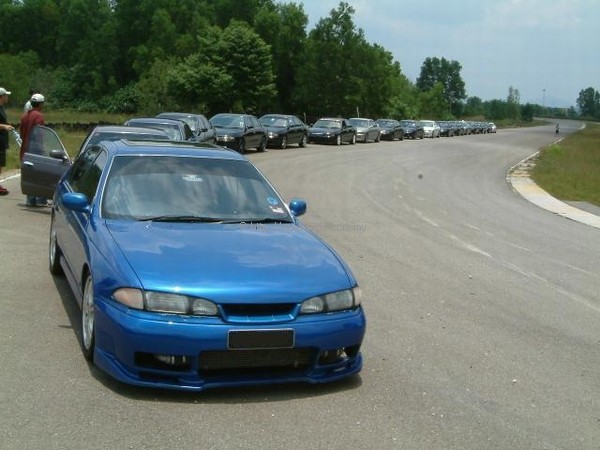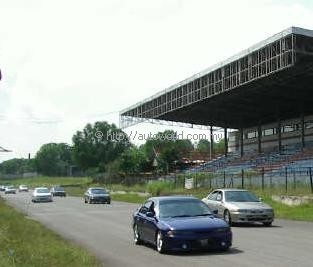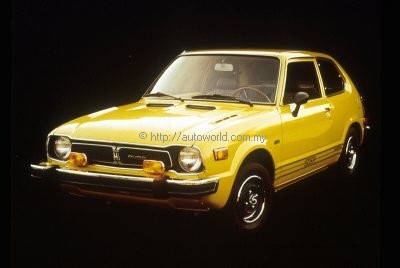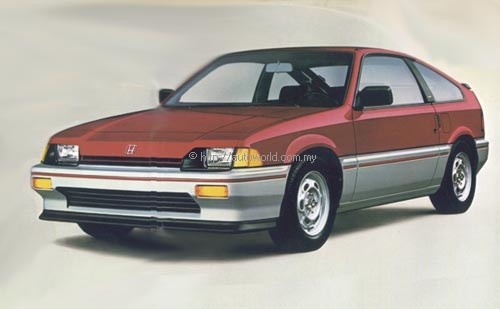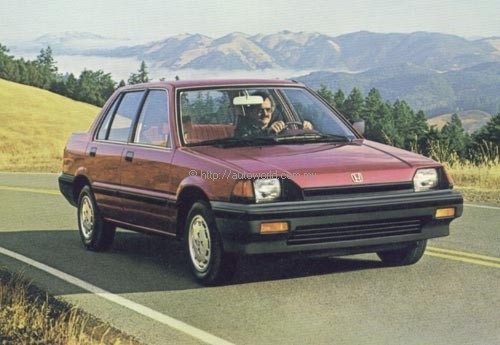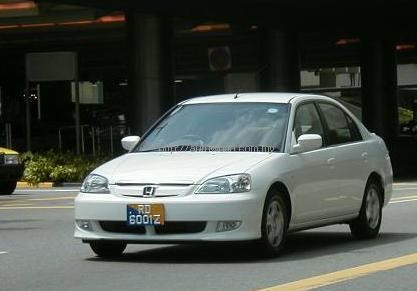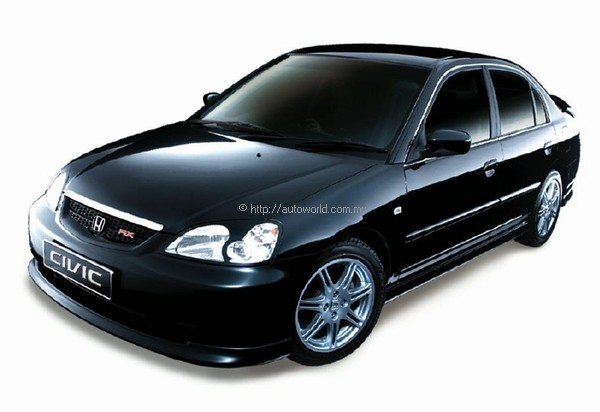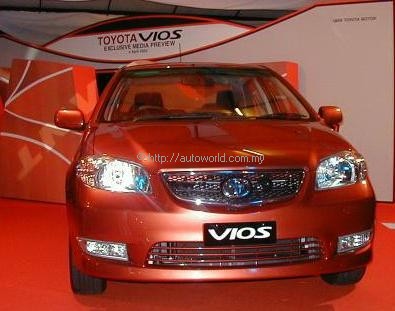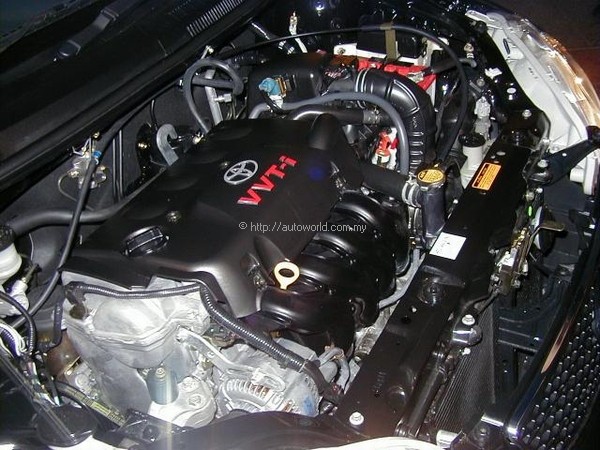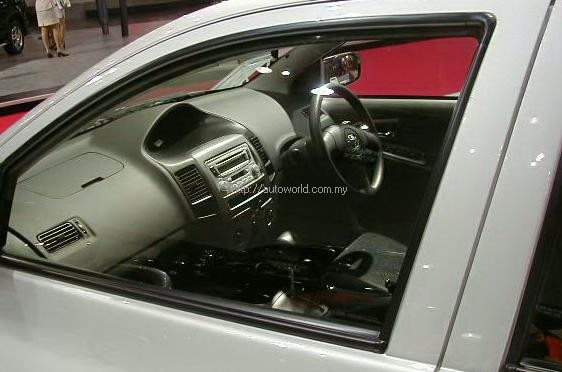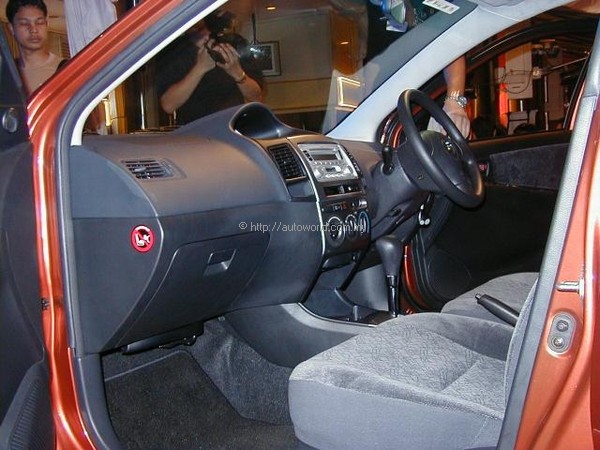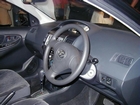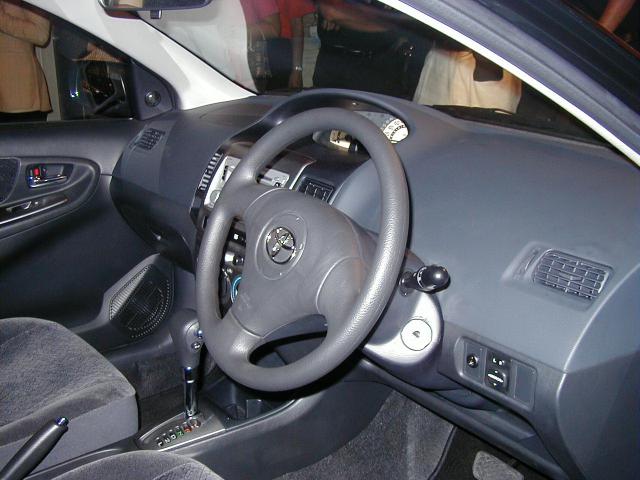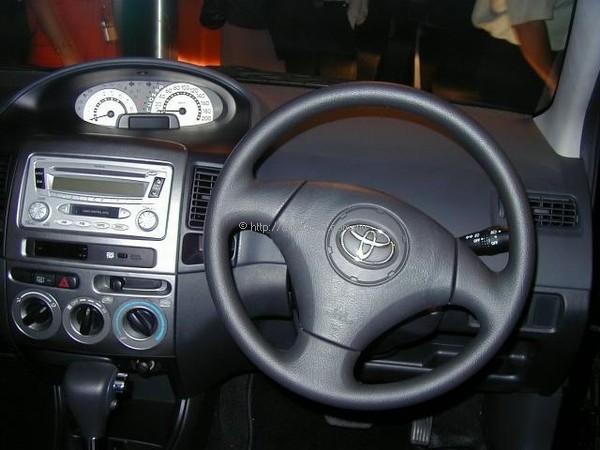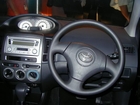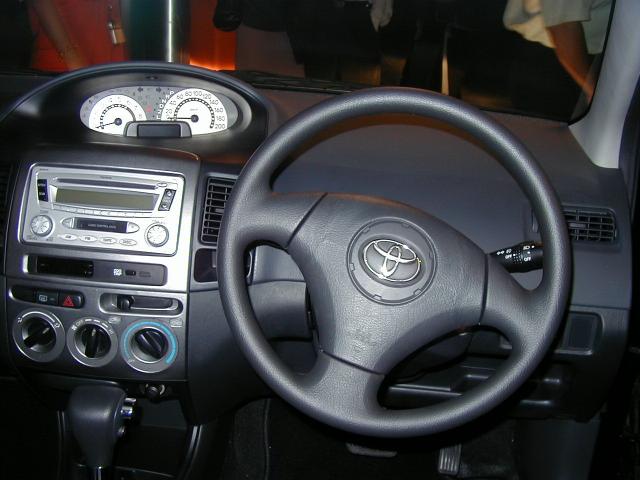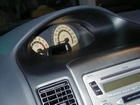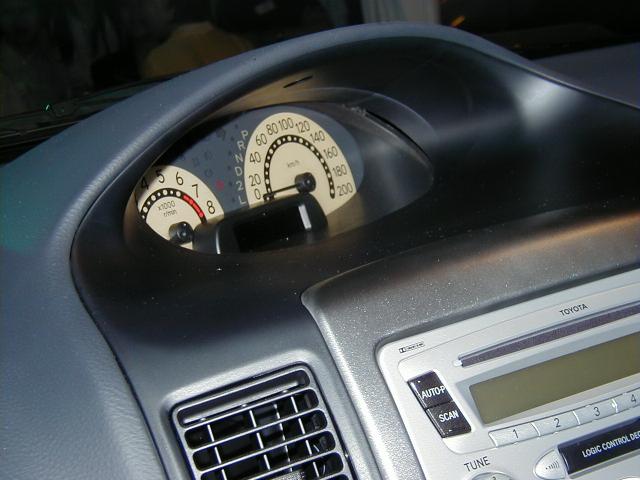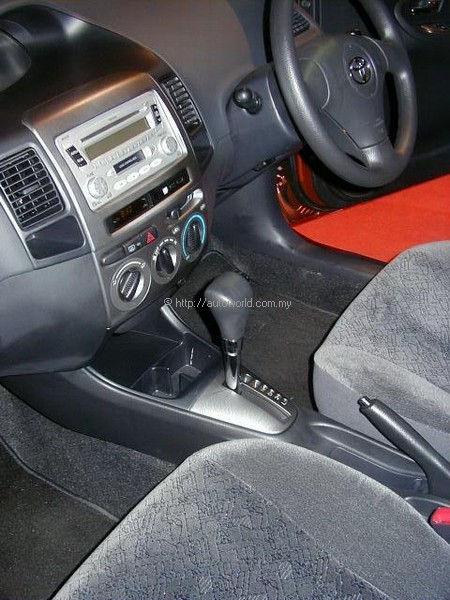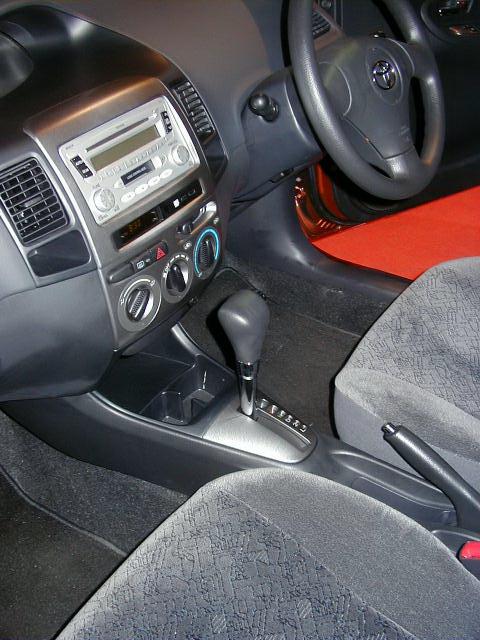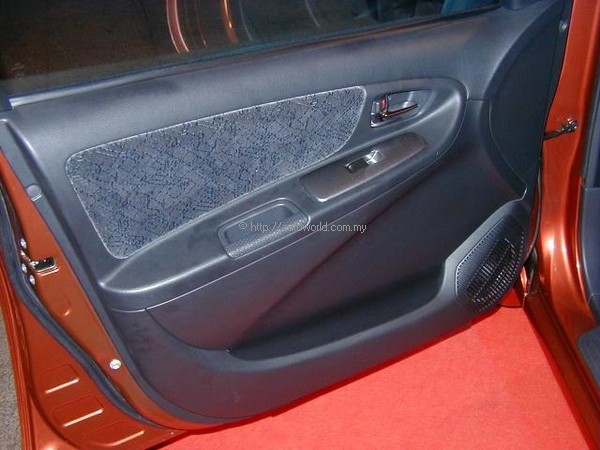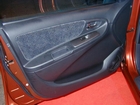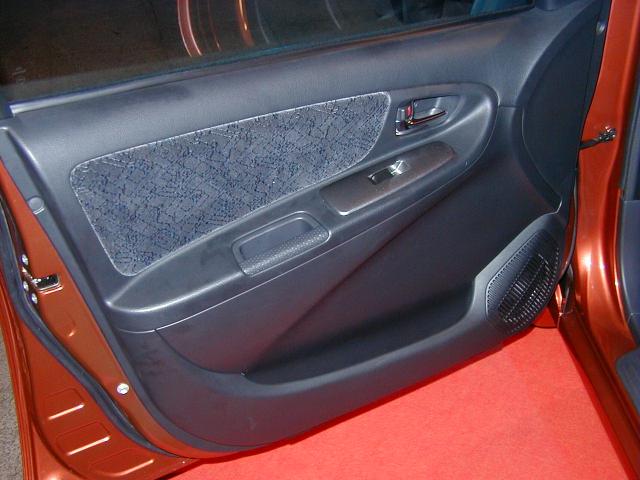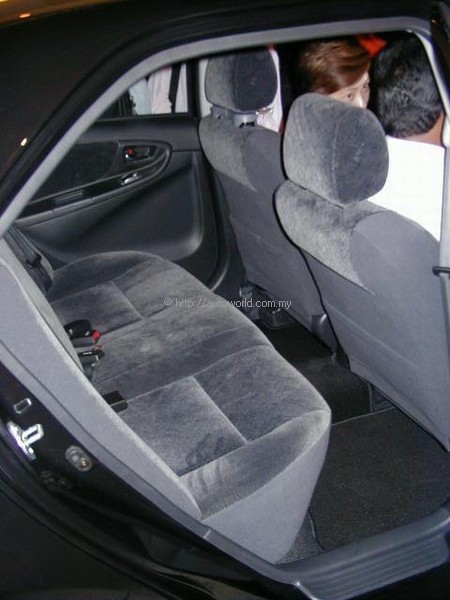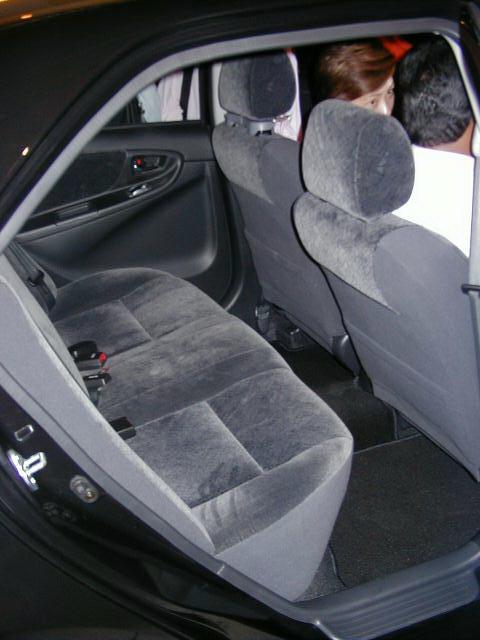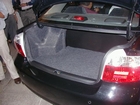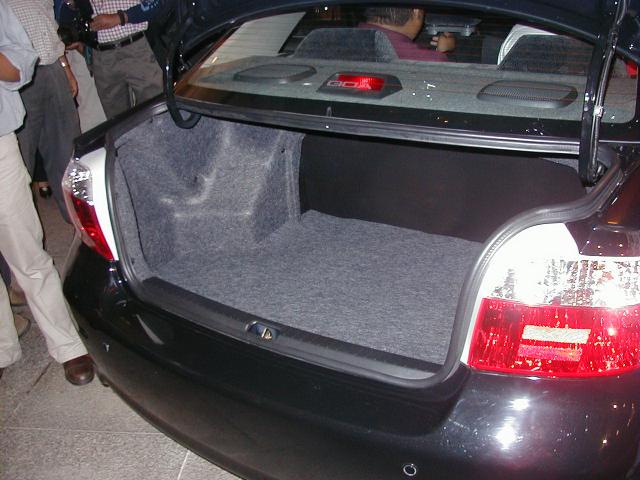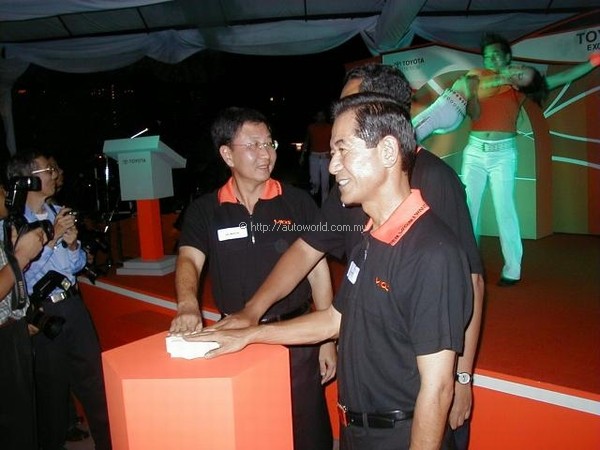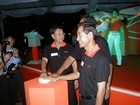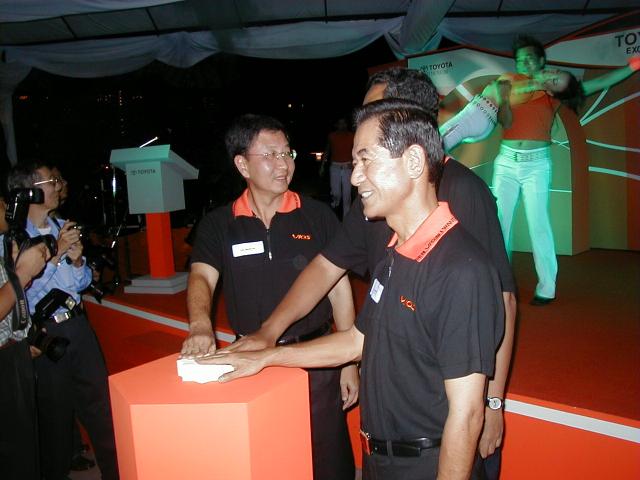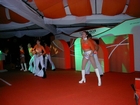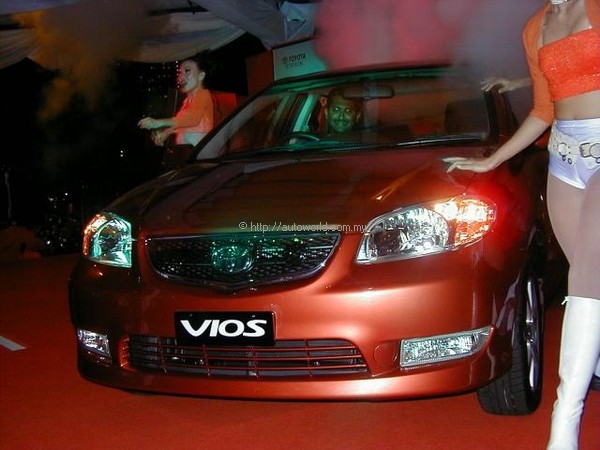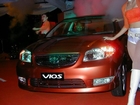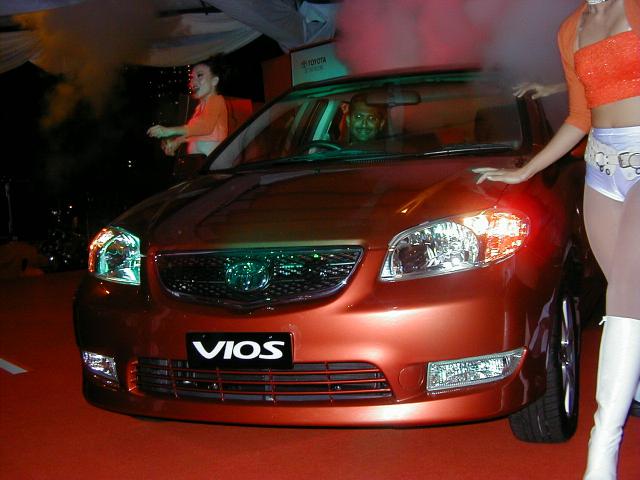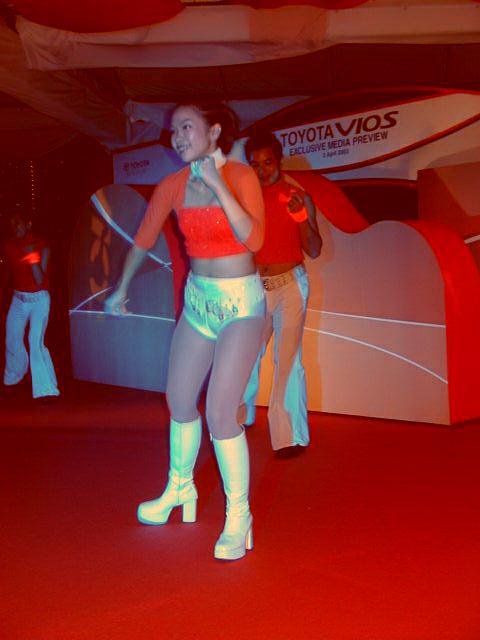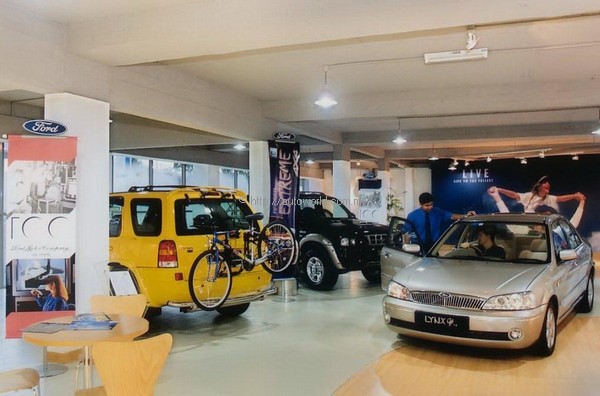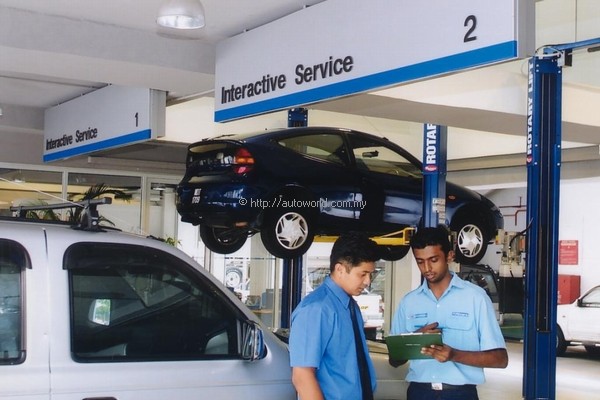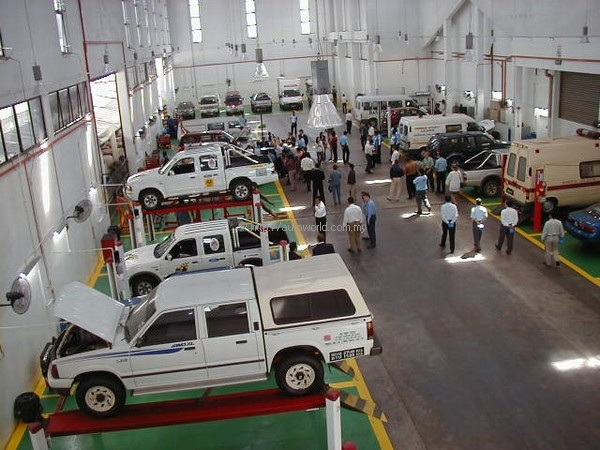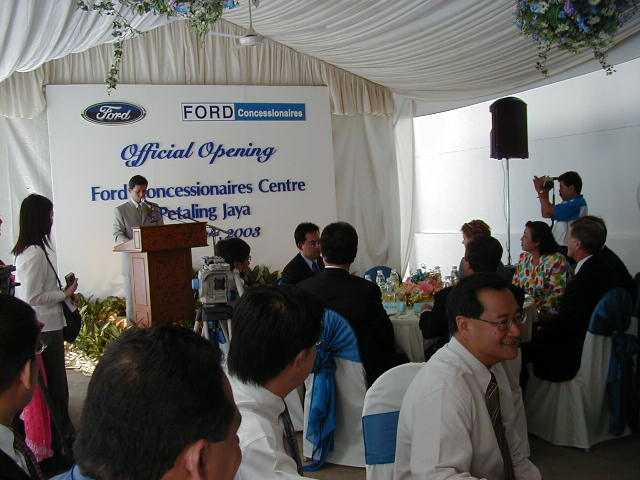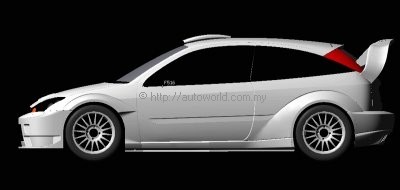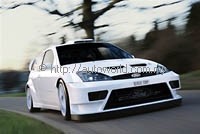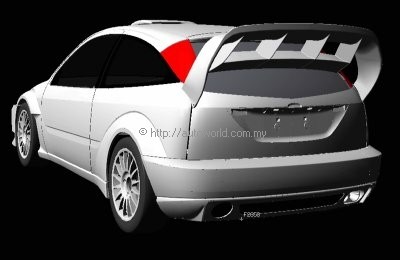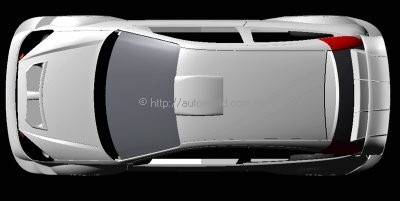Ford Rallye Sport’s technical director, Christian Loriaux, the man behind the new Ford Focus RS WRC 03, reveals what is new on the car, the thinking behind its design and tells the story of the transformation from drawings to our world championship contender.
“If World Rally Cars can be described as stunning, then that is the word I would use to describe the new Ford Focus RS WRC. The large rear wing and revised bumpers give the car a very contemporary look from the outside and much has changed underneath as well, but it remains clearly recognisable as a Focus. We began with a clean sheet of paper and we’ve ended with a radical, revolutionary rally car which retains all that was good from the previous model. That has been taken forward to a higher level and blended with much that is new and the end result is a car that we know is faster and believe will be just as reliable as its predecessor.
Aerodynamics
Aerodynamics is one of the key areas of development and, by the very look of the vehicle, the most strikingly obvious. We wanted to improve the downforce on the Focus as we’ve been losing time to our key rivals on the faster rallies like Finland and it’s one area where we have to make gains. I’ve had quite a lot of experience in aerodynamics and know how important a strong package is in gaining vital seconds on faster rallies. There was clearly room for improvement over the 2002 car.
One look tells you there have been some quite radical changes. There is a new, larger rear wing, the front bumper has been redesigned while the cooling scoops and all the body panels are new. That was a big task. We needed a lead time of four months to manufacture the body panels. We carried out a lot of preparation work in Ford’s wind tunnel and spent three days testing different ideas before finally settling on the basic package.
When I arrived at Ford Rallye Sport in January 2002 the aerodynamic work for last year’s car was almost finished, so I had little input on that. We knew we needed to make changes but, as aerodynamic alterations are strictly restricted by homologation, this is our first opportunity.
Suspension
The front suspension remains similar to that used on the 2002 model, although there are some changes to the dampers, which once again includes weight-saving. The regulations limit what we can do to the suspension, and we’ve already put in a lot of work in that area last season, but we have incorporated small geometry improvements. I think we’ve probably reached the point where we have optimised the front suspension as far as the regulations will allow us to go.
As for the rear suspension, there are some major changes. We have completely redesigned that area to improve road handling by using the dynamics of the suspension and saving weight. This was a big job and, technically, a risk, but I’m glad we made the decision to do it. The work we’ve done there is not really something I want to go into in any great depth. All I really can say is that it’s very different to what we had before.
Weight
Another of our target areas was weight. We wanted to save weight and, just as importantly, distribute the weight to those areas of the car where we want it to improve balance and handling. We initially reviewed everything and examined the possibilities of reducing the weight on every area of the Focus, from the engine through to the dampers. As a team, I think we succeeded in doing that. Pi Research designed a new wiring loom and electronic control system which saved a lot and Cosworth Racing also made a significant saving with the new engine. The car is now right on the weight limit. We could easily go quite a lot below that so that has allowed us to add weight and reinforce parts in certain areas to achieve the weight distribution we want.
Bodyshell and roll cage
Both the bodyshell and roll cage are totally new. The cage has been designed to far exceed the minimum FIA safety requirements. It’s one area of the car where we’ve actually increased the weight to improve driver safety. The Focus already had a good reputation in this area but we took the decision that if we could make the car even safer for our drivers, then we should do so.
The main area of danger in a rally car is from side impact accidents and we’ve tried to position the driver and co-driver as far inboard as possible by making the transmission tunnel narrower. The cage is further outboard of the cockpit and we’ve redesigned the side impact bars to improve crash protection there. We all know that rallying can be a dangerous sport and we have a responsibility to our drivers to make the cockpit area of the car as safe as we possibly can.
Engine
Cosworth Racing, which has built the engines for the Focus at Northampton since 2000, has built a new two-litre Duratec ‘R’ engine. There is a significant weight reduction over the 2002 engine, making this the lightest rally engine the company has built, and revisions to the turbocharger have helped produce better response and more top end power. We’ve also redesigned the cooling package to improve efficiency and we should see cooler running temperatures on the hot rallies like the Acropolis and Cyprus.
It is interesting to note that since 2000 Cosworth has made a 25% reduction in engine weight and generated an 8% increase in engine performance.
Transmission
We wanted to keep the transmission similar to that in the 2002 car. This car has a two-year lifespan and developing a new transmission is a hugely expensive job, especially when we will have a new car for 2005. As a result of the changes to the suspension, we have a new propshaft and driveshafts and there will be a new transfer box introduced later in the season. That should be ready for Germany. Otherwise the transmission shows very few differences, although we have optimised the internal parts to save weight.
Design and Development
My engineering background and my competitive instincts mean I’ve always wanted to push everything as far as the regulations allow. At the beginning of this project, we started with a clean sheet of paper and open minds. What we’ve ended up with is a car that is quite revolutionary in terms of mechanics and electronics. It was important to ensure everything linked together and complimented each other. It’s like a jigsaw. If one piece didn’t fit into place then the whole plan would have collapsed.
We started running prototype parts in testing from the middle of last year, mainly electronic improvements. Then we tried several prototype parts on Mark Higgins’ car on the Rally of Great Britain last November. It was crucial he finished the rally because we needed to try things in a competition environment and we needed Mark’s feedback. Sixth place was a bonus and showed we were going in the right direction.
I started writing what I wanted to the design team in the middle of May last year. On December 1, we had a bodyshell in the workshop and just over two weeks later, on December 19, we had the car running for the first time. To build a bodyshell takes 1,000 man hours, so to achieve that in just over two weeks shows how much work and effort went into the process here… just seven months from the first notes to the car turning a wheel. We took it to a local airfield which we use for shakedown tests and there were no major problems which gave everyone involved a terrific boost.
All the design work was done using 3D computer-aided design software and that speeded up the process considerably. It’s so precise that it allowed us to manufacture everything in parallel so that when we took the shell off the jig we were able to put the parts straight on. Normally, when a bodyshell is taken off the jig it takes a couple of months before the parts are manufactured to the specific sizes, they can be fitted to the car and the vehicle is able to run. In this case, it took just two-and-a-half weeks and that was impressive. Most people didn’t believe it could be done that quickly!
The buzz around the workshop was fantastic and that was what kept people working. From October onwards, there were many night shifts worked and the teamwork was quite fantastic. A lot of people had very little time off over Christmas and New Year and I was very impressed by their enthusiasm and dedication to this project. There was a great deal of pressure on the whole team. When most teams produce an evolution version of a rallycar, the changes are concentrated on one of two items. We have designed and built a new rally car over a 7-month period and the entire job was done while still trying to run and improve the 2002 car. We finished second in the championship last year and the fact that our performances didn’t slip in any way last season was a great tribute to the efforts of everyone involved. It was a fantastic team effort.
Input from our drivers was initially fairly small, apart from pointing out to us the areas in which the 2002 car needed improving. Engineers design cars and drivers drive them so the initial design work was led by the engineering team.
The main area where we did consult the drivers was over their position in the car. They sat in the first prototype in late December, just two or three weeks before they tested the car for the first time. The moment when we start running the car is the important time for driver input. Their feedback on set-up is crucial at that stage.
At the moment we’re 100 percent happy with the whole car. The more we run it, the more we’ll learn how to make it more serviceable. For the mechanics, there is a lot to learn and we will, of course, train them. Many of the senior mechanics have been on tests to become familiar with the new car.
We know that the new car is quicker than the old one. But we must also accept that the old one has been round the world for several seasons and that has allowed us to iron out the problems. We know we’ll have teething problems with the new car and we know we might have to endure some painful experiences. But the comfort is that we’ve proved it’s faster and as with any new design it takes a little time to fine tune it.”
